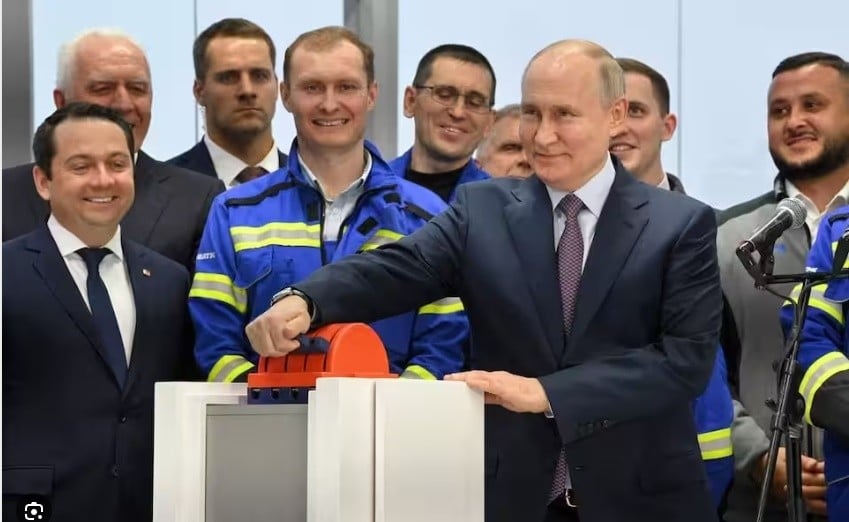 |
| Russian President Vladimir Putin launched the first line of the Arctic LNG 2 project in Murmansk, Russia, in July 2023. (Source: AFP) |
Great resource
In the future, the core of Russia’s hydrocarbon-centric geopolitical strategy will be its vast Arctic oil and gas reserves. And while global tensions remain high following Moscow’s military campaign in Ukraine (from February 2022) and the Israel-Hamas war (from October 2023), the key emergency energy source remains liquefied natural gas (LNG).
LNG requires much less infrastructure than oil or gas transported via pipeline, so it is generally cheaper and more convenient to develop and expand market share. Therefore, increasing or decreasing delivery quantities at very short notice according to buyer requirements will also be faster and cheaper.
In short, after Russia’s massive oil and gas supplies were sanctioned due to the conflict in Ukraine, LNG was destined to become the world’s key energy source. As early as 2014, when Russia annexed Crimea, Moscow knew that LNG’s global importance would increase significantly. So the Kremlin began seriously expanding its LNG capacity.
China knows the same thing, according to several senior sources in the energy security sector in the US and Europe, which is why Beijing sealed huge LNG deals with Moscow and then Qatar as early as 2014, and doubled them a year before Russia’s special military operation in Ukraine.
It is no surprise that just over a week ago, Russia announced that it would do everything possible to counter new US sanctions imposed on Moscow's Arctic LNG 2 project.
Washington's aim in countering Moscow's far-reaching goals in global energy is to block Moscow's gains from the Arctic LNG 2 project, according to a source familiar with the US sanctions program against Russia.
“Russia has huge gas resources in the Arctic, which could quickly make it one of the world’s leading LNG suppliers. As a result, the US and many other countries do not want to rely on Moscow for supplies like Europe did with Russian gas and oil,” Oilprice analyzed.
A long-standing sign of how seriously Russian President Vladimir Putin is taking expanding Russia’s LNG capacity is the Yamal LNG project (originally called Arctic LNG 1), the first major attempt to tap the country’s vast Arctic oil and gas reserves.
According to calculations, Russia's Arctic region has reserves of more than 35,700 billion cubic meters of natural gas and more than 2,300 million tons of oil and gas condensate, most of which are located on the Yamal and Gydan peninsulas, south of the Kara Sea.
In the coming years, Russia will certainly expand aggressively in exploiting these Arctic resources and build the Northern Sea Route (NSR) – the coastal route across the Kara Sea – as the main transport route for trading energy commodities in the global oil and gas market, especially to China.
Russia seeks to protect its interests
In this context, Mr. Putin also considered the Yamal LNG project at the time of its development to be important for Russia's interests for three main reasons.
First , it is the de facto expansion of Russian entities into the Arctic region, clearly marking the country's goals for resources there.
Second, Russia's leadership believes that its status as an energy superpower – and especially a gas superpower – is not reflected in its position in the LNG sector.
And third , LNG is even now a key part of Russia's ongoing plans to secure as much of the rapidly growing Asian gas market as possible, to bolster its pipeline gas plans.
Such is the Kremlin’s determination to continue with Arctic gas projects that various Russian entities were involved around the time the US imposed sanctions in 2014 to fund key parts of the Yamal LNG project.
For example, the Russian Direct Investment Fund set up a joint investment fund with the state-run Japan Bank for International Cooperation, each contributing half of the approximately JPY100 billion (then $890 million) to the fund.
The Russian government itself, which initially financed Yamal LNG with state budget funds, supported the project when sanctions were imposed by selling bonds in Yamal LNG (starting on November 24, 2015, with a 15-year issue worth 75 billion rubles). And then Moscow provided the project with another 150 billion rubles ($2.2 billion) in funding from the National Welfare Fund.
One of President Putin’s priorities in building Arctic LNG projects, which began in earnest after sanctions were imposed in 2014, is to make the industry ‘sanctions-proof’. This means that Russia’s private gas company Novatek – the main developer of the Yamal LNG project (and later Arctic LNG 2) – must be as self-sufficient as possible in this regard.
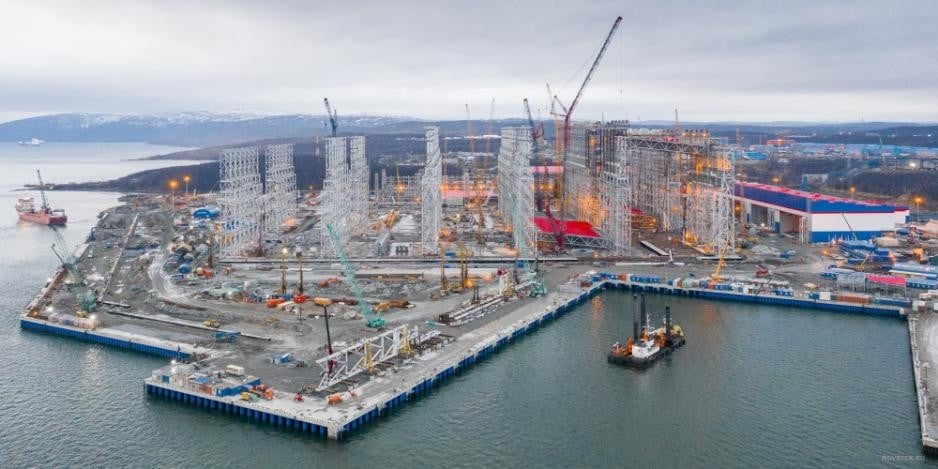 |
| Arctic LNG 2 Project. (Source: Novatek) |
Novatek aims to localize the manufacturing and construction of LNG trains and modules to reduce the overall cost of liquefaction. In fact, the development of the technological base in Russia and the company have made great progress in realizing this.
As part of this goal, Novatek has developed the Arctic Cascade gas liquefaction technology to produce LNG. This is based on a two-stage liquefaction process that takes advantage of the colder ambient temperatures of the Arctic to maximize energy efficiency during liquefaction. It is also the first gas liquefaction technology to be patented by Russian manufacturers.
Novatek's overall goal, as the company has repeatedly stated, is to localize the manufacturing and construction of LNG trains and modules to reduce the overall cost of liquefaction and develop the technological base in Russia.
Target of US sanctions
So, with the overall goal of blocking Russia’s growing LNG industry, the US is focusing on the Arctic LNG 2 project (the successor to Yamal LNG) for now. And this is being done for three main reasons.
First, it is considered Russia's largest LNG project by a significant scale. Arctic LNG 2 aims to build three LNG trains (production facilities) with a capacity of 6.6 million tonnes per year (mmtpa), drawing on the gas resources of the Utrenneye field, which has at least 1,138 billion cubic meters of natural gas and 57 million tons of liquid gas reserves.
The first train was successfully delivered in August 2023 on the western shore of the Gydan Peninsula in Western Siberia. The second and third trains are expected to be operational in 2024 and 2026, respectively.
Second, despite Russia's efforts to protect its Arctic Cascade gas liquefaction technology from sanctions, there have been previous indications that a lack of access to Western technology and equipment could undermine the effectiveness of the process.
And third , by trying different sanctions on Russia’s flagship LNG project, the US could figure out which ones are most damaging before applying them to every other aspect of Moscow’s LNG program.
Source


![[Photo] Special relics at the Vietnam Military History Museum associated with the heroic April 30th](https://vstatic.vietnam.vn/vietnam/resource/IMAGE/2025/4/3/a49d65b17b804e398de42bc2caba8368)
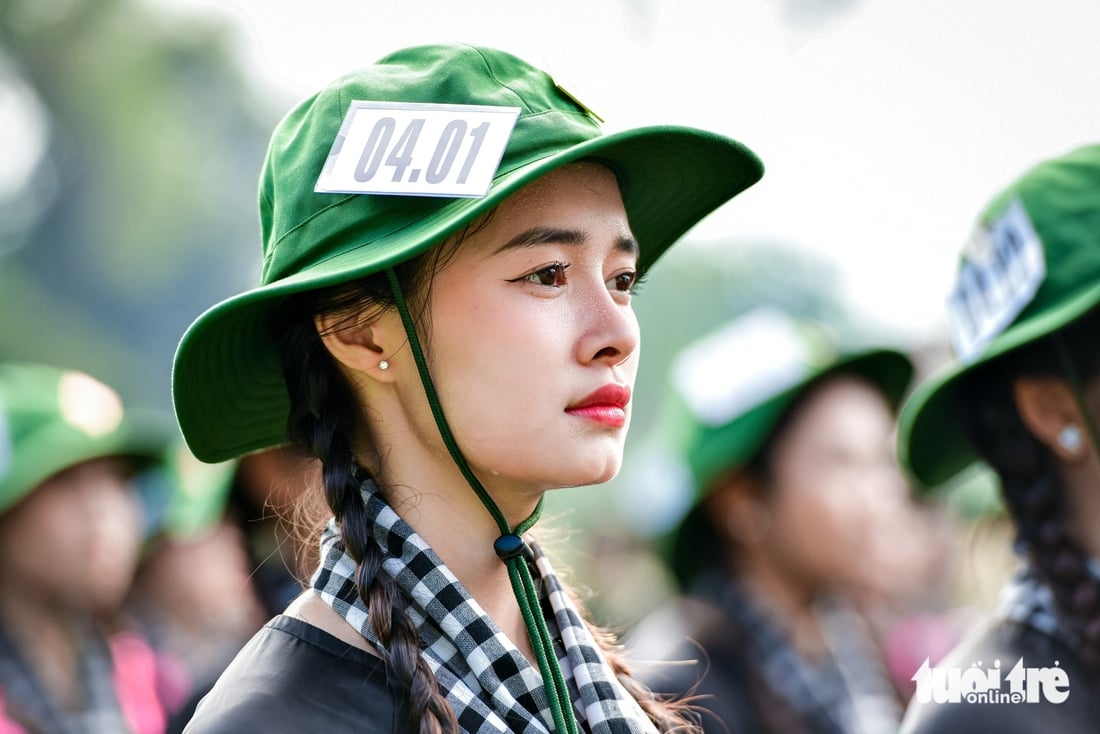
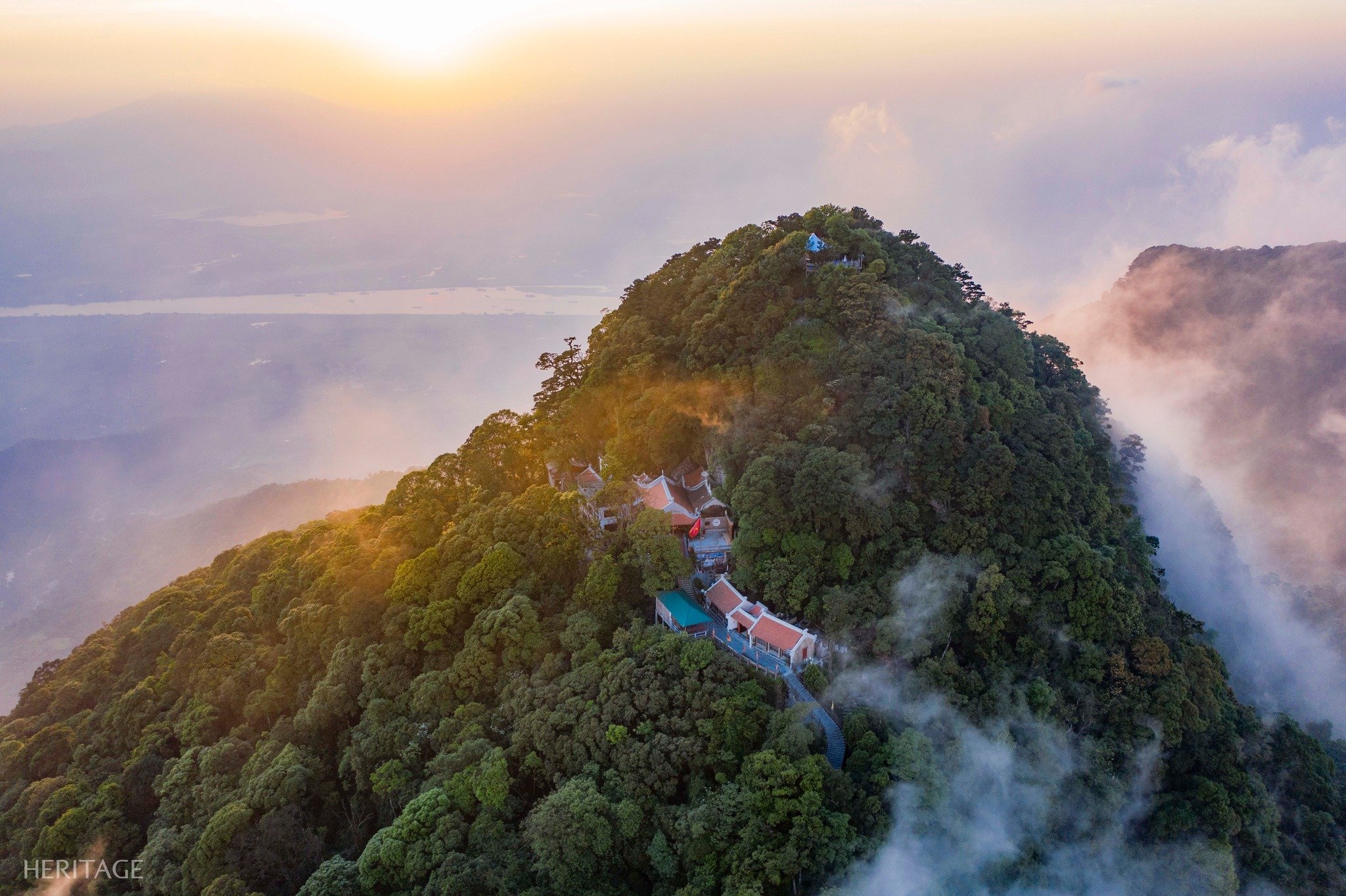
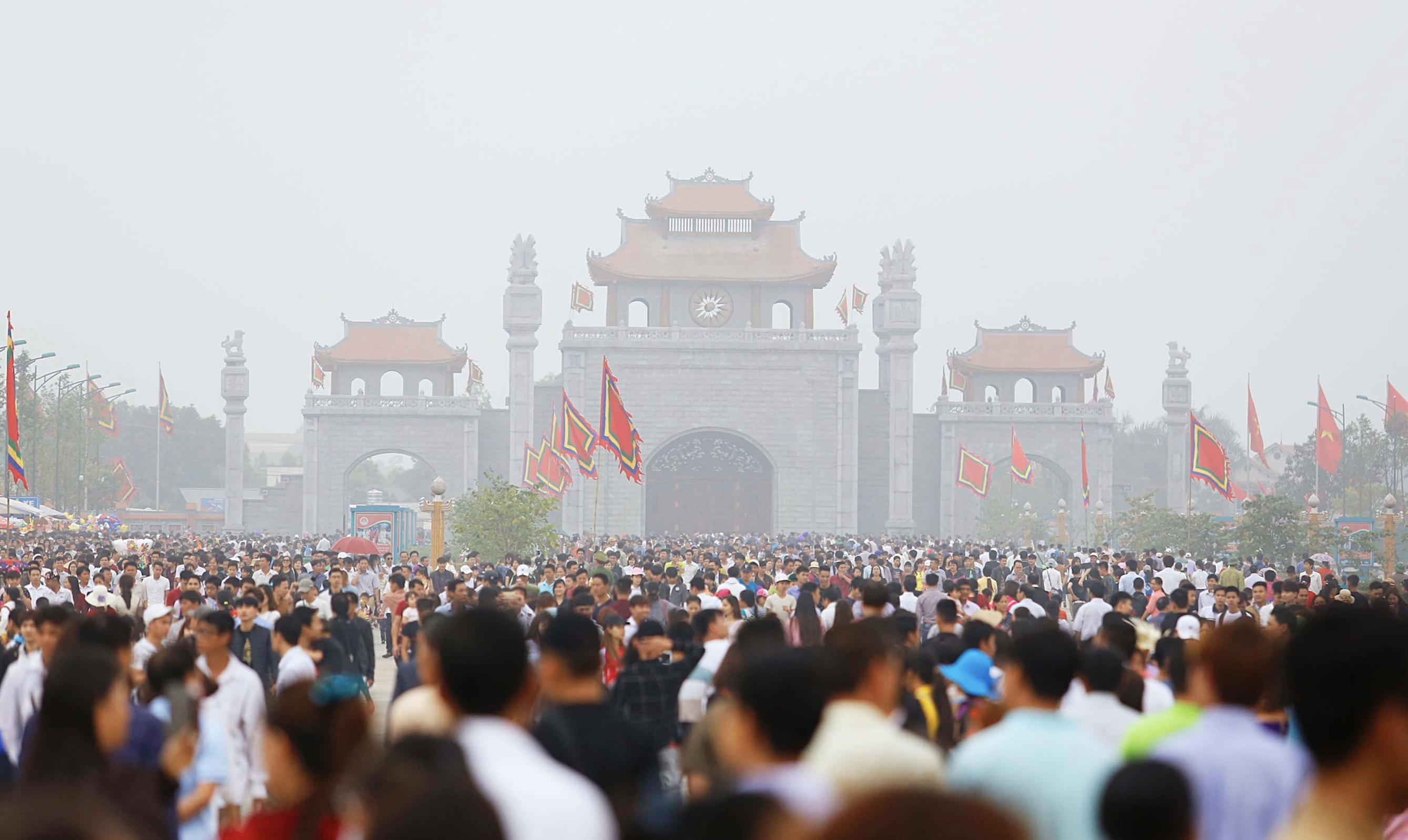
![[Photo] General Secretary To Lam receives Japanese Ambassador to Vietnam Ito Naoki](https://vstatic.vietnam.vn/vietnam/resource/IMAGE/2025/4/3/3a5d233bc09d4928ac9bfed97674be98)
![[Photo] Moment of love: Myanmar people are moved to thank Vietnamese soldiers](https://vstatic.vietnam.vn/vietnam/resource/IMAGE/2025/4/3/9b2e07196eb14aa5aacb1bc9e067ae6f)
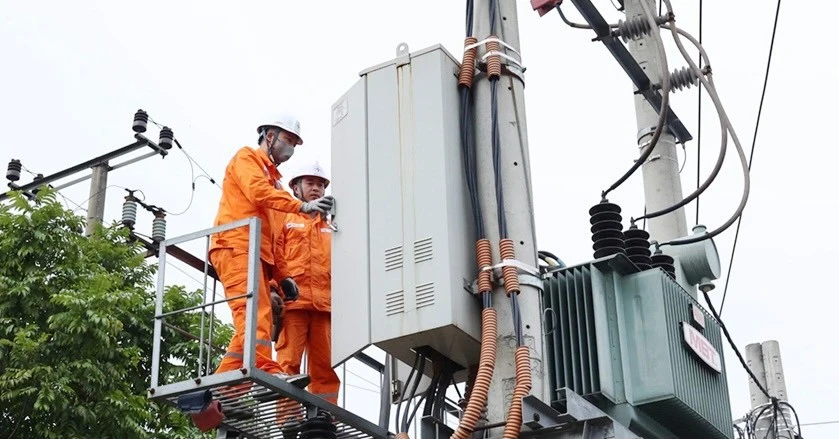

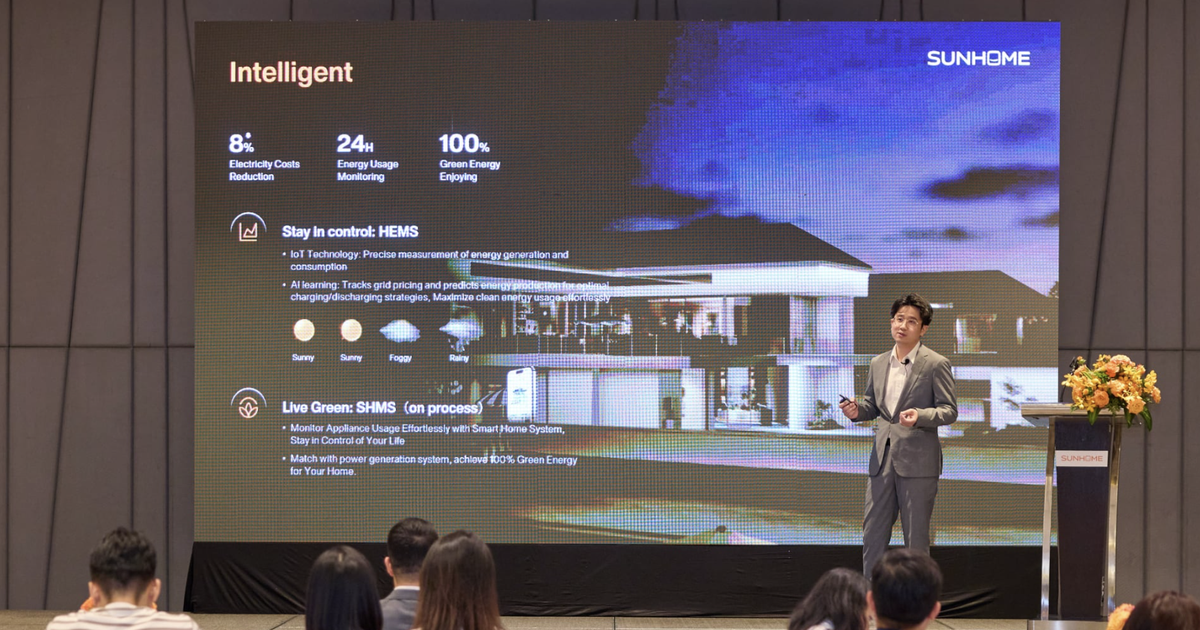


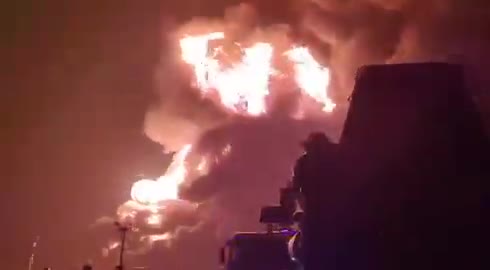

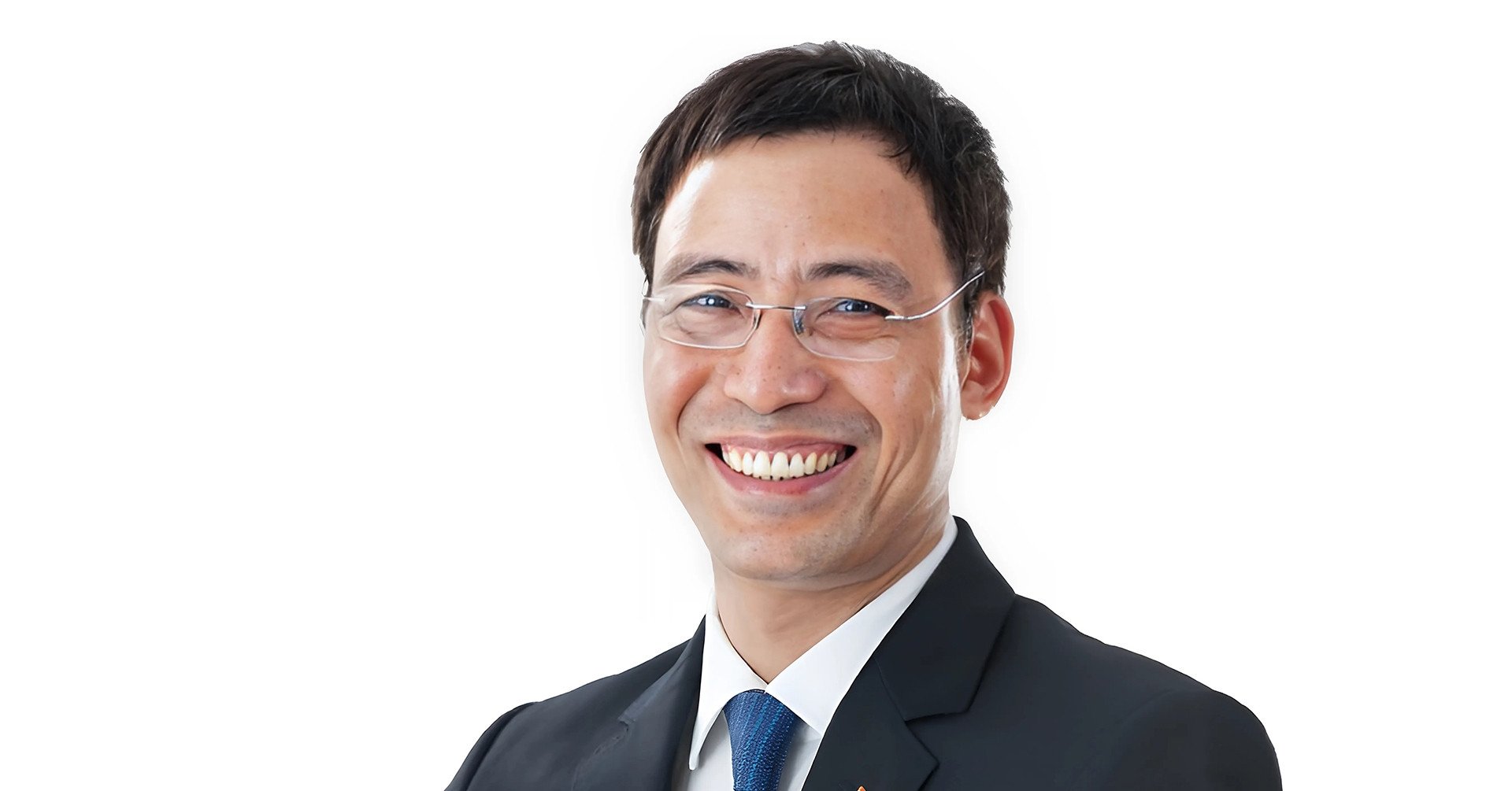



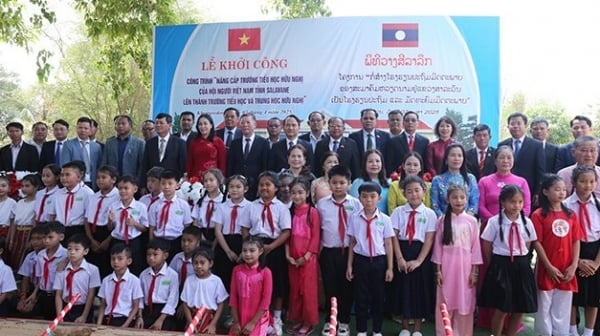
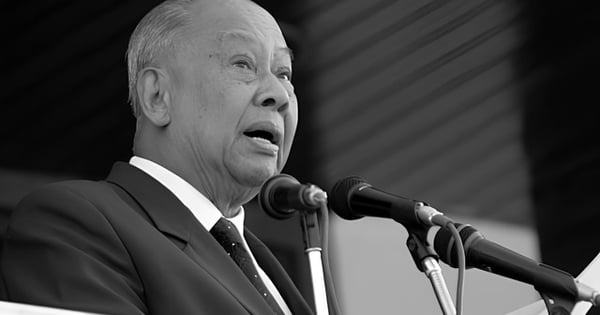
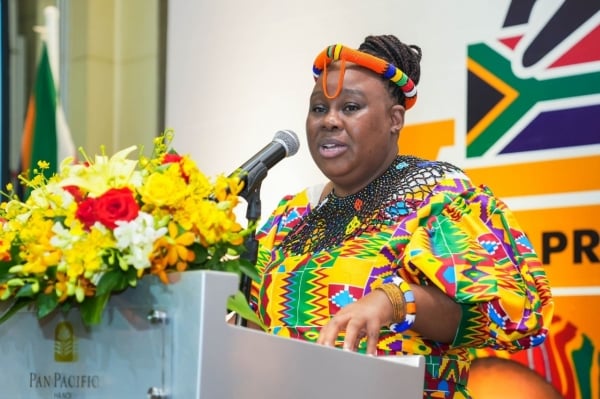
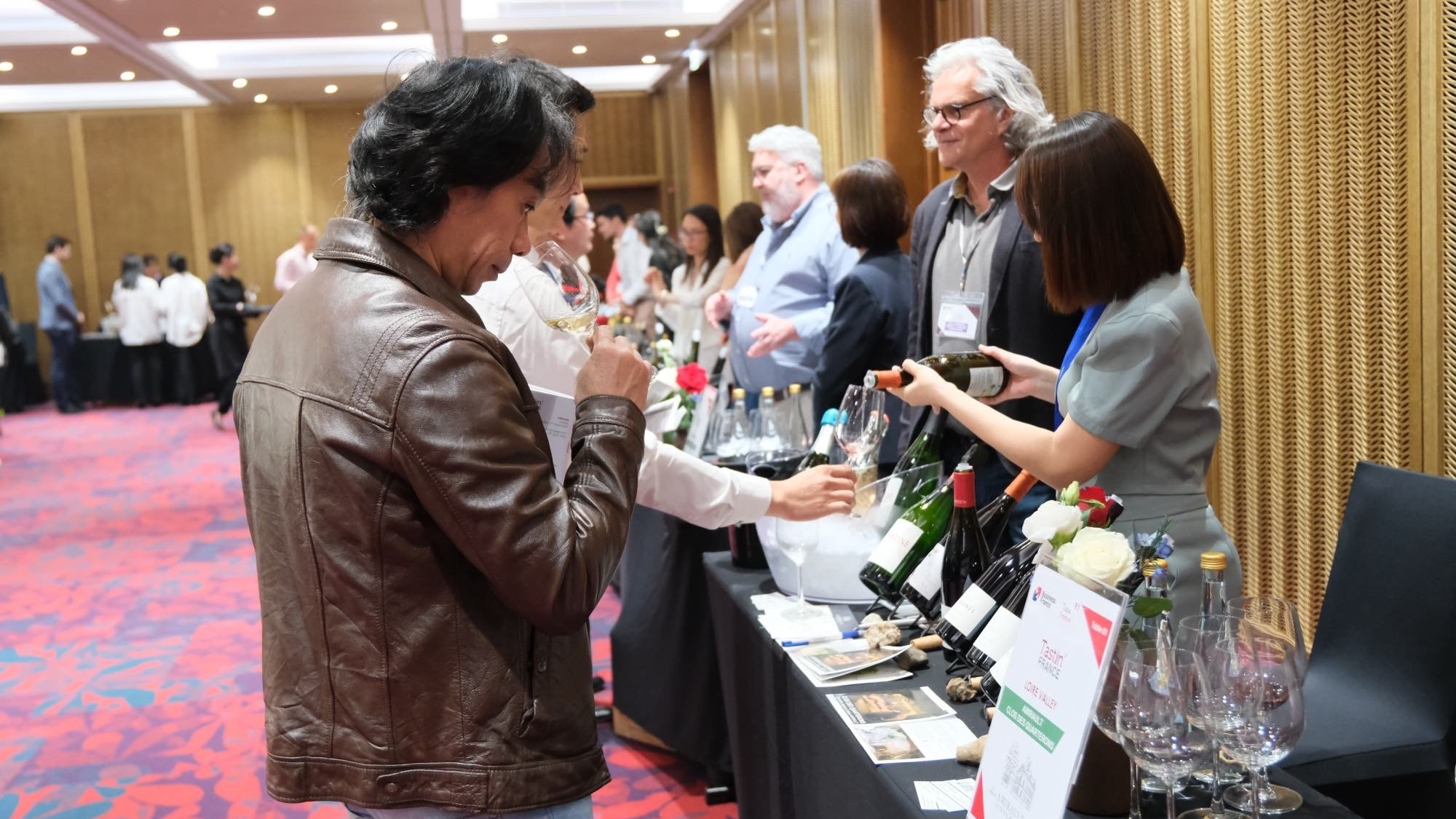
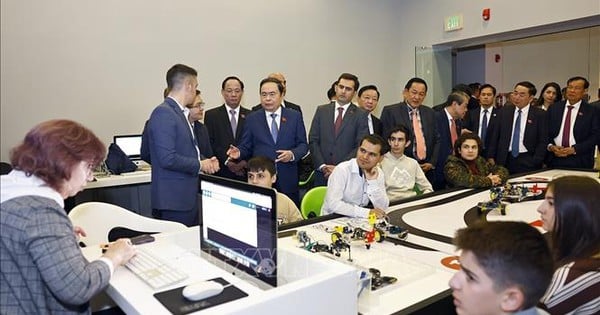
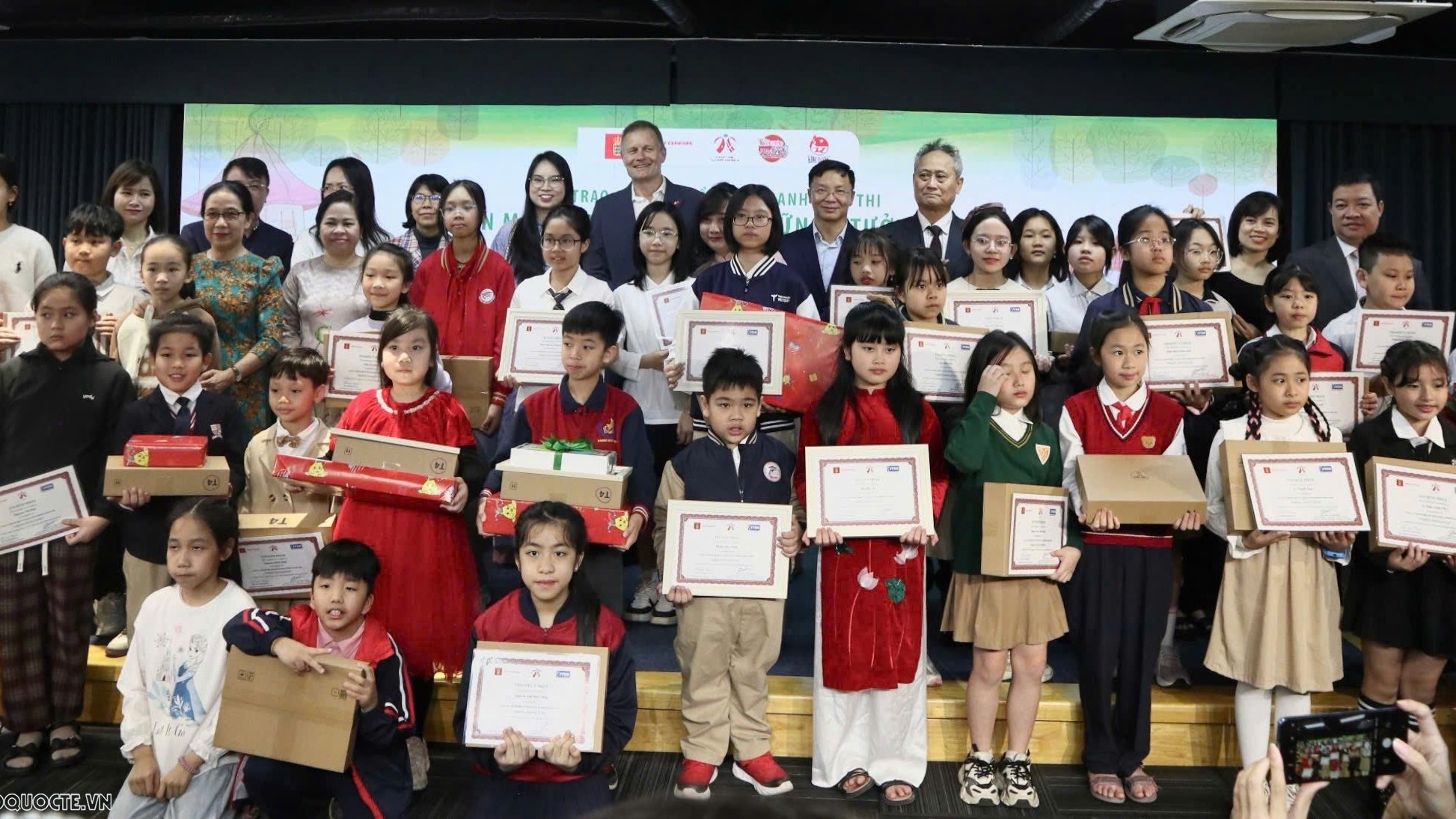





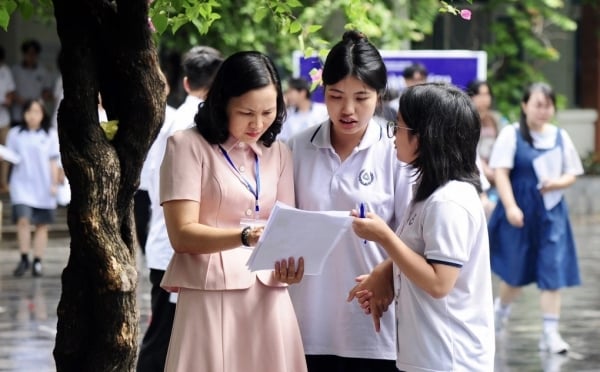
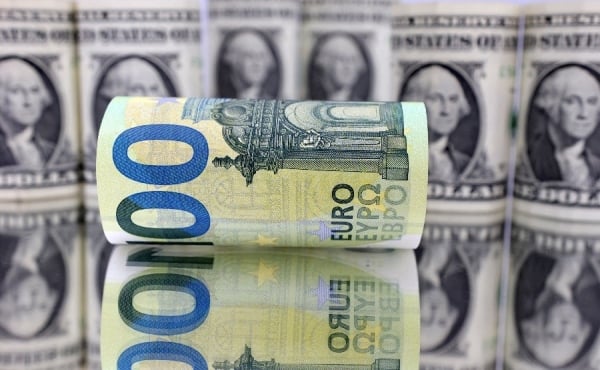

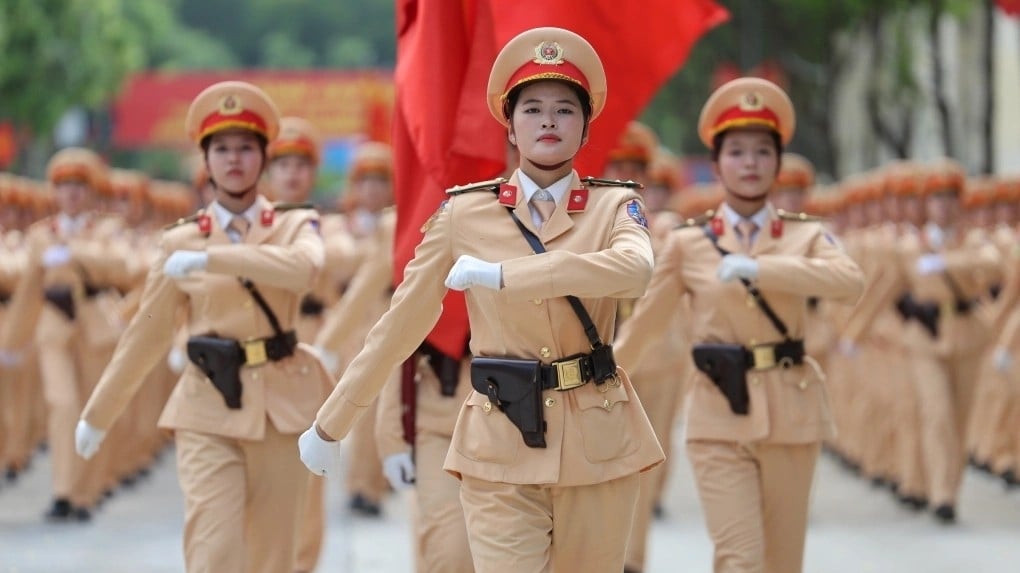



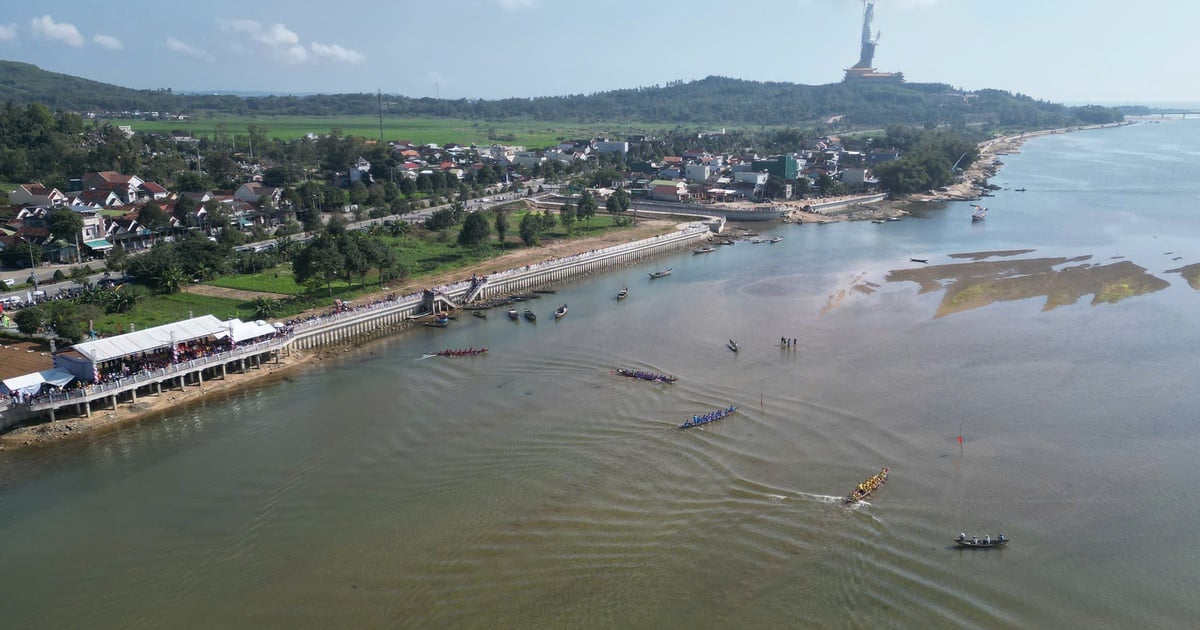


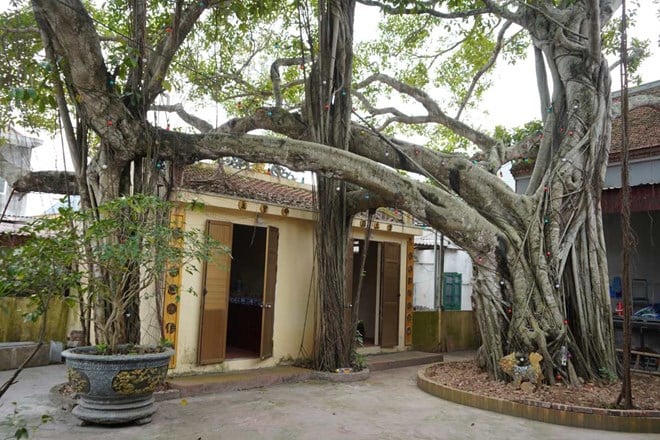





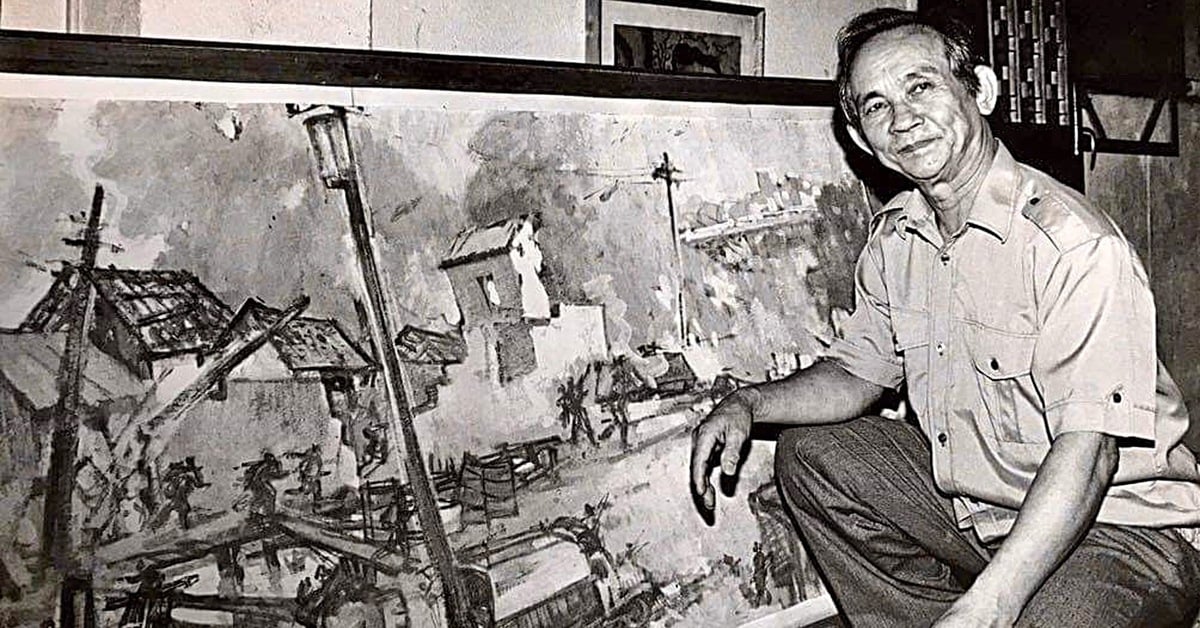

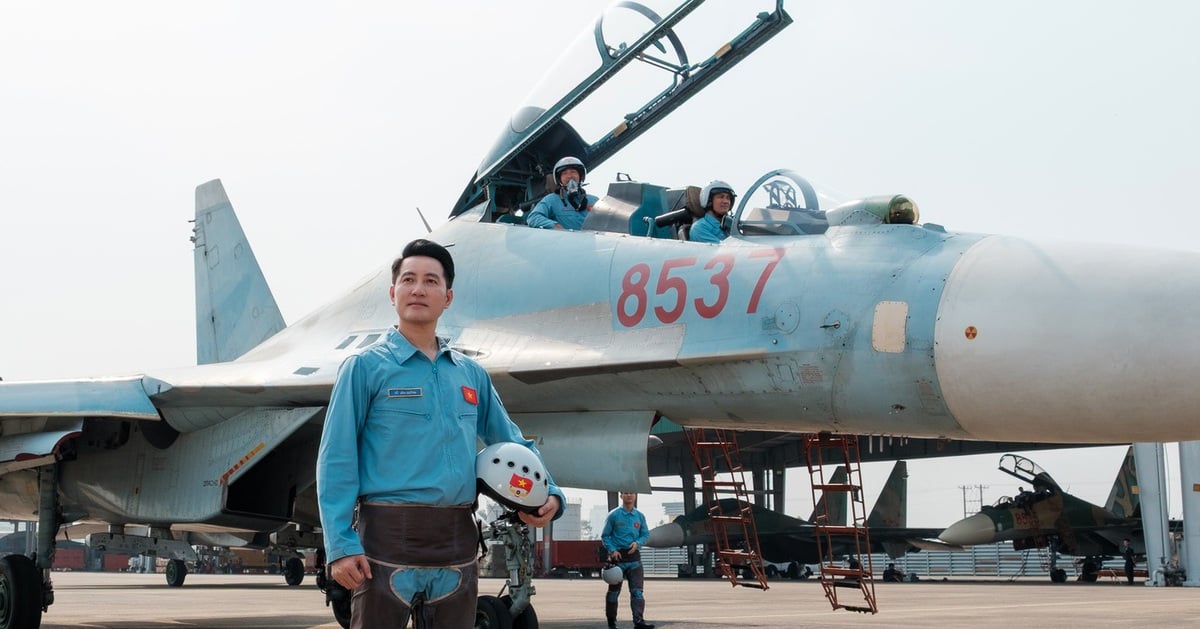
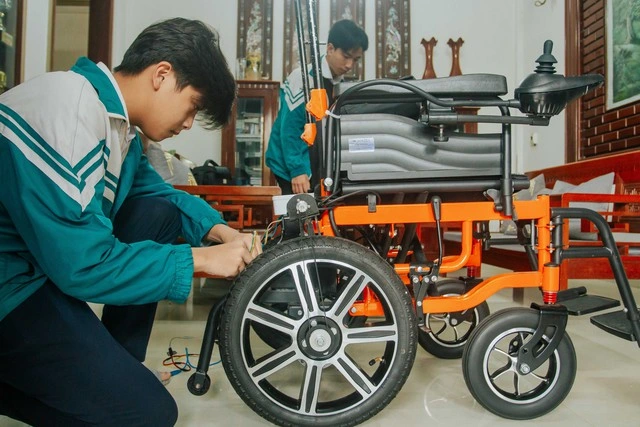
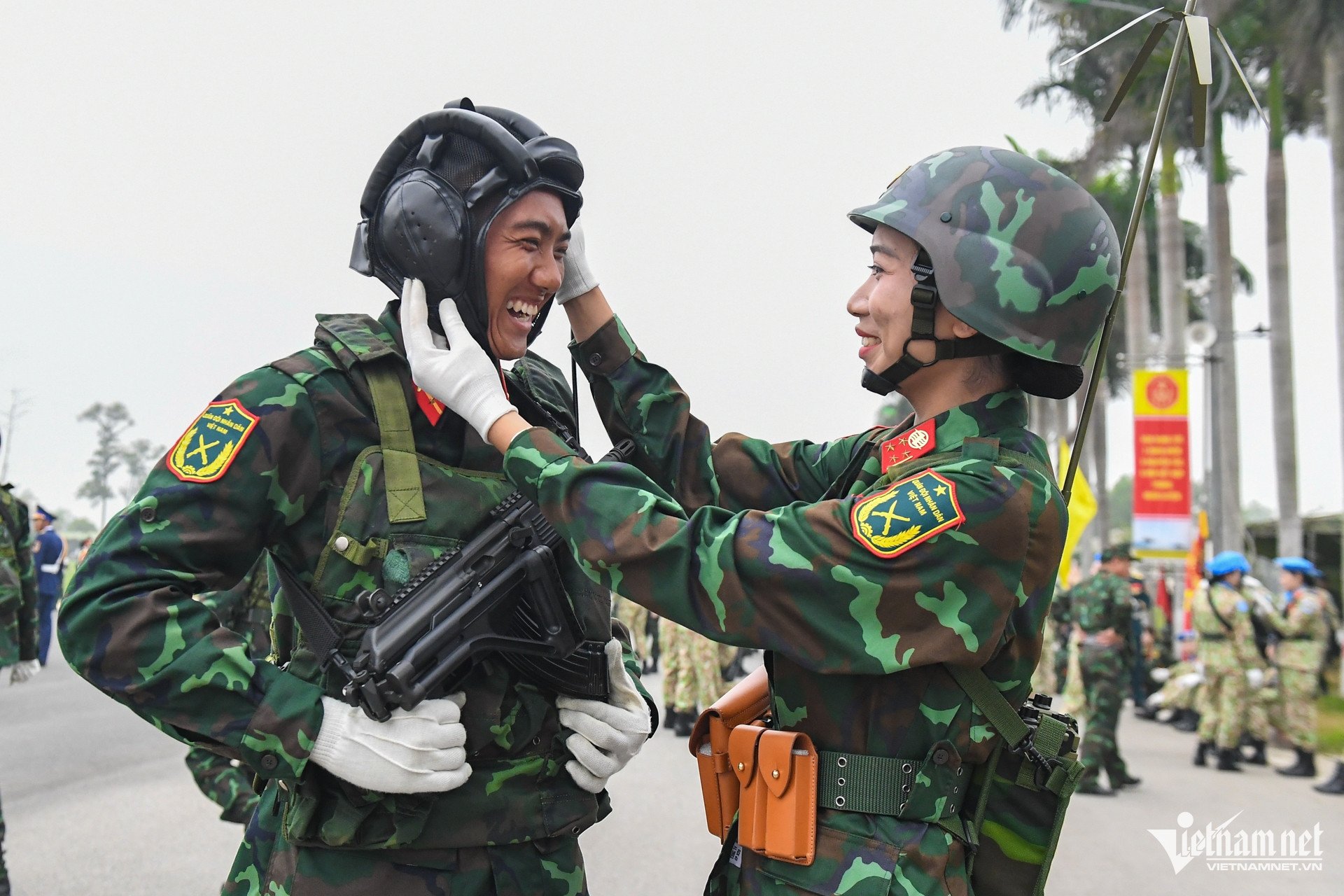
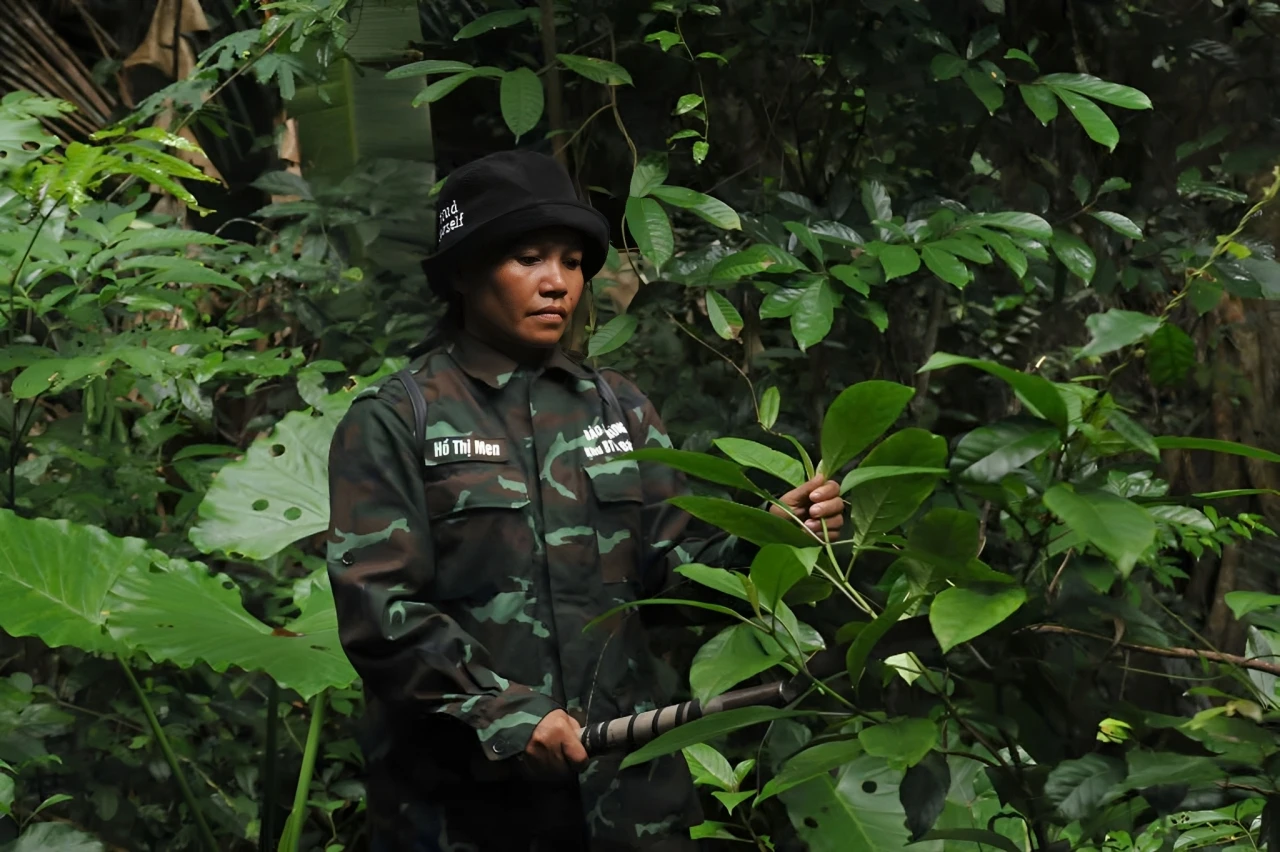

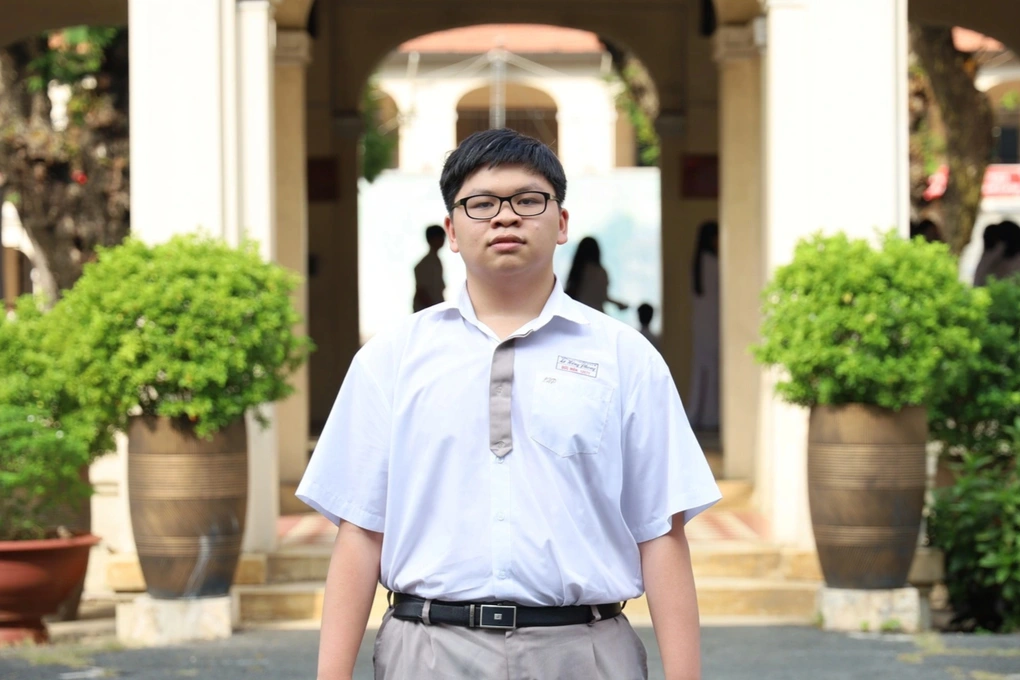








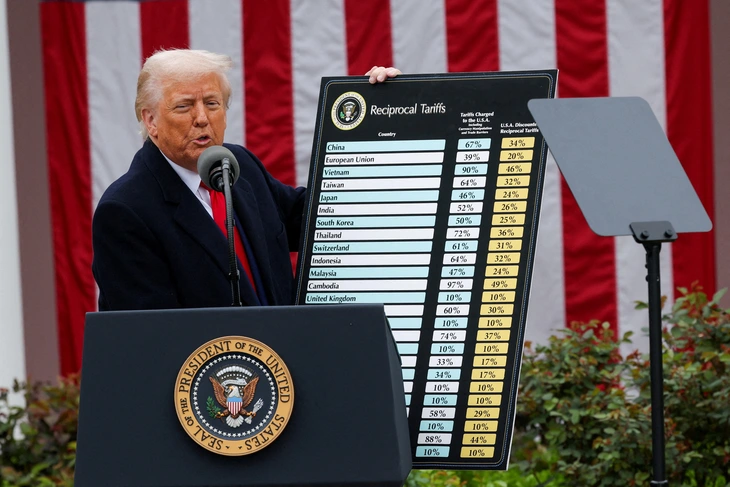
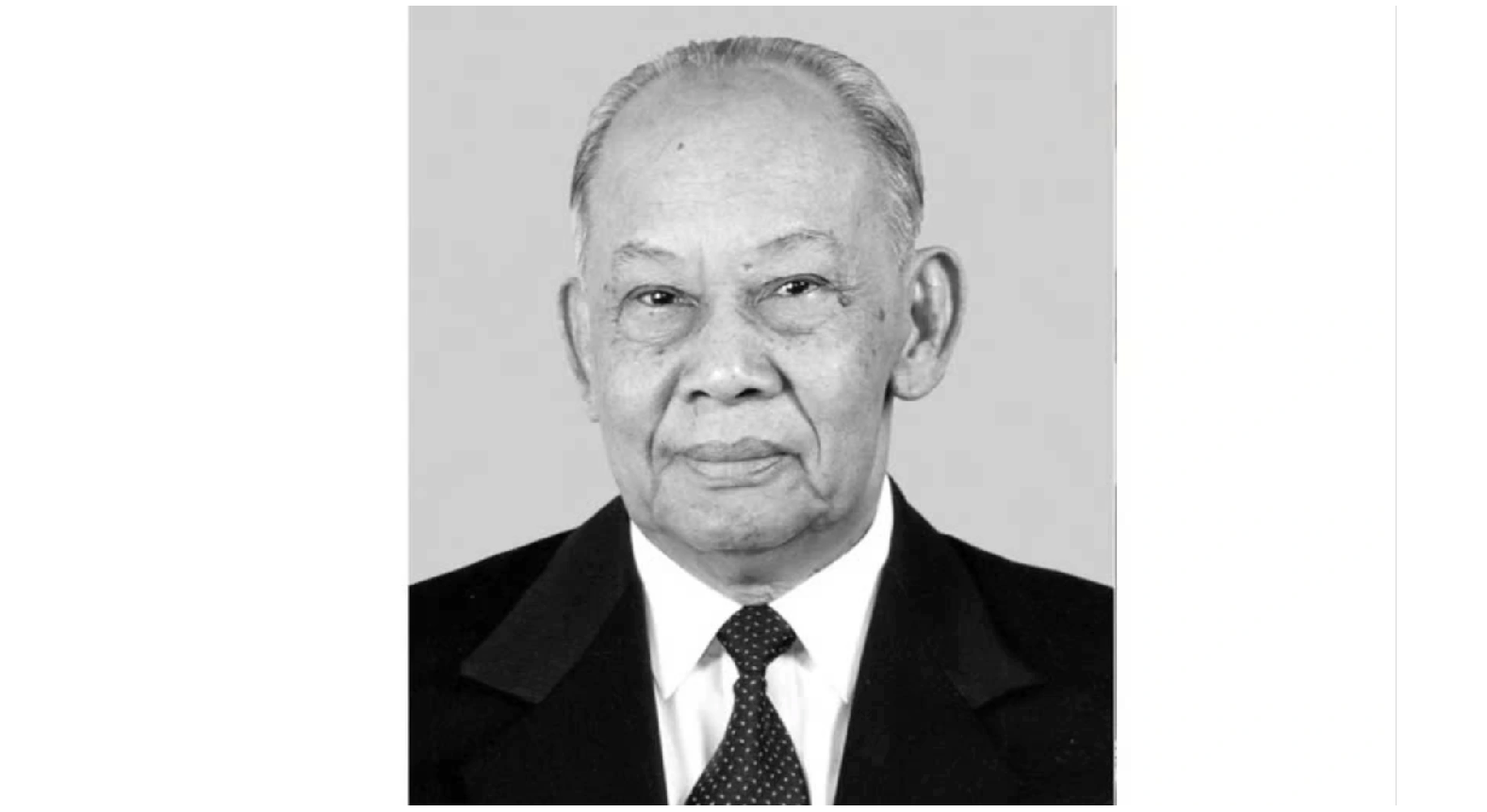
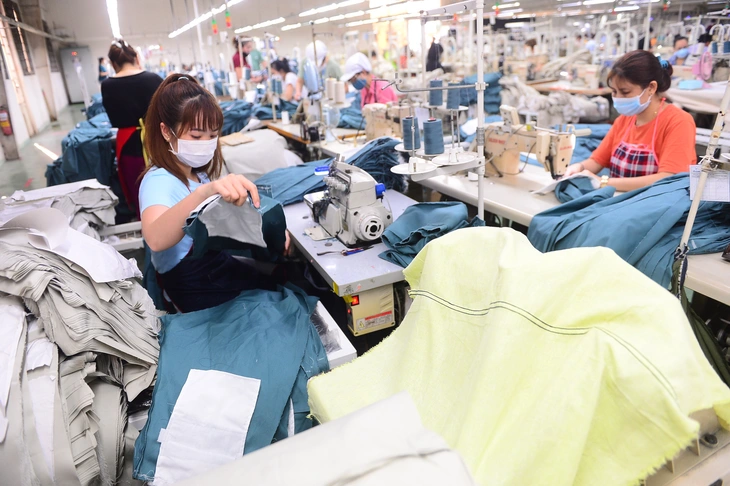
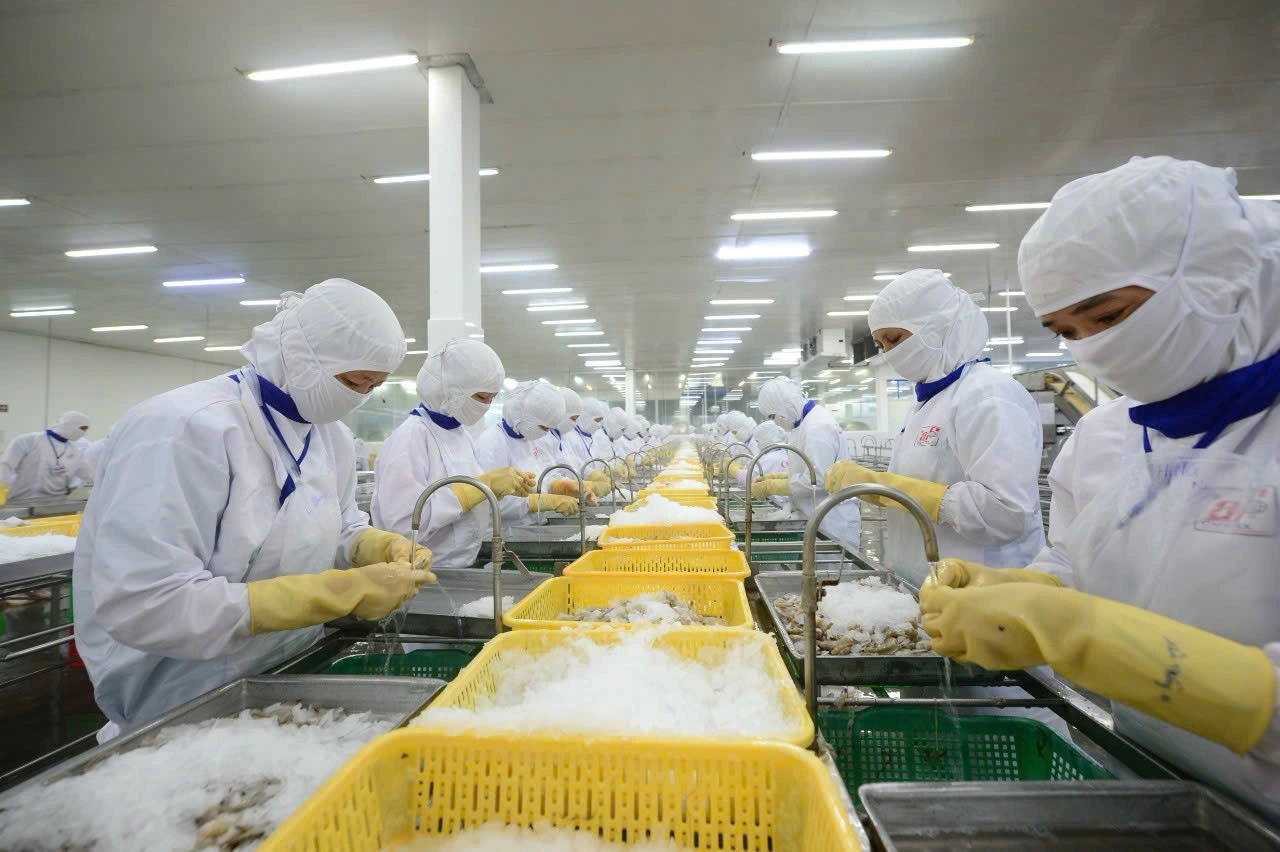

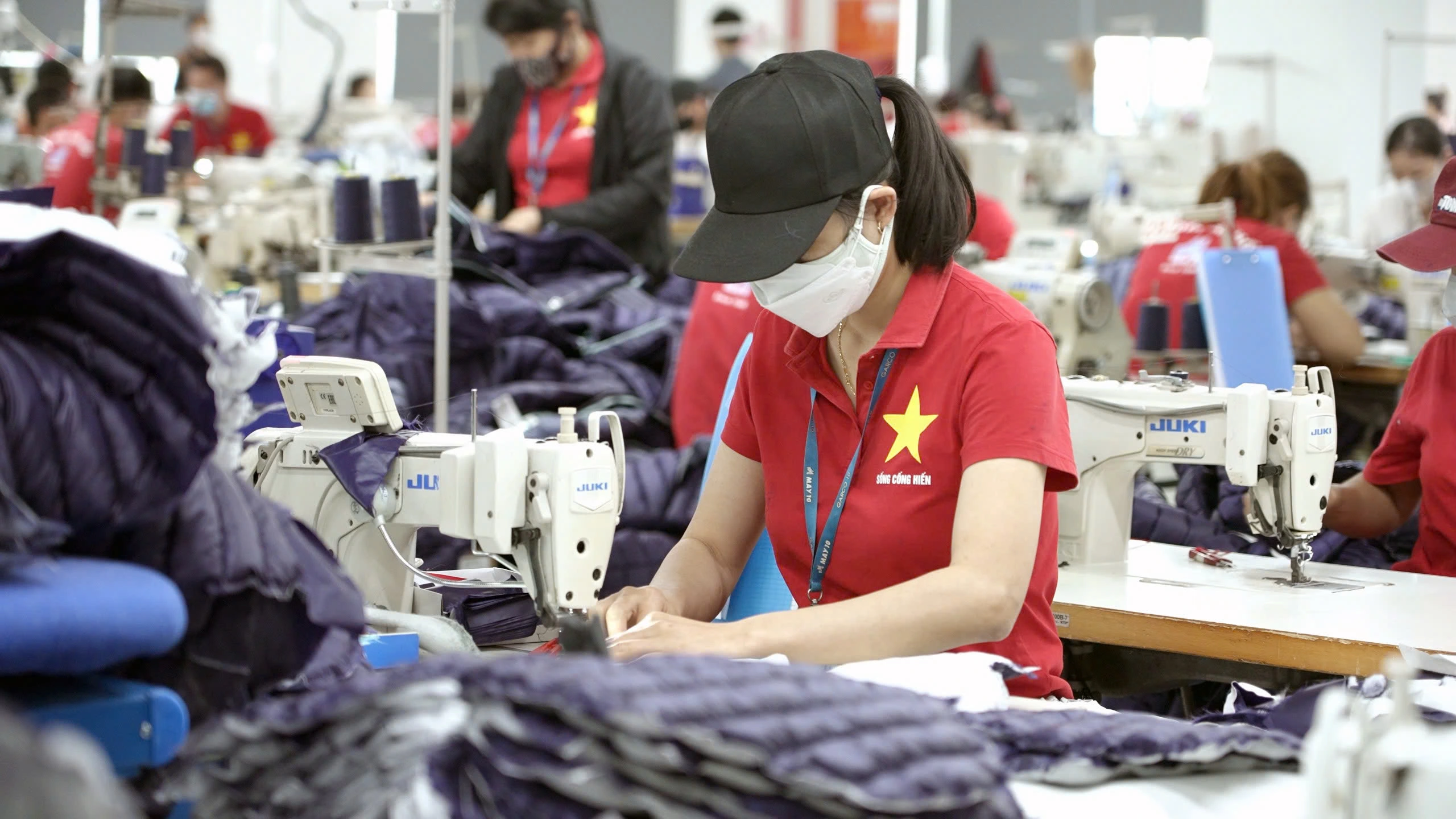
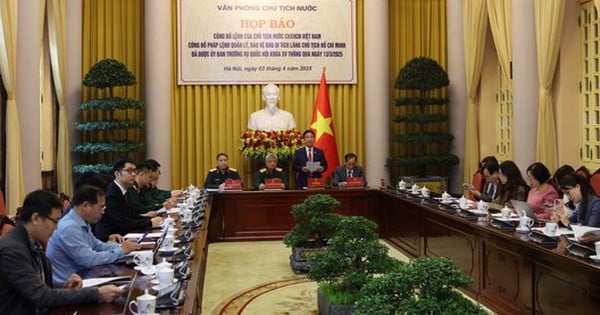



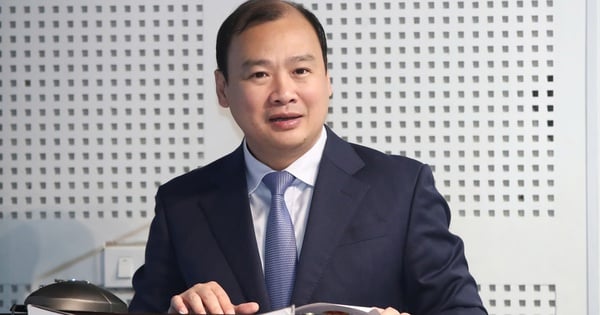
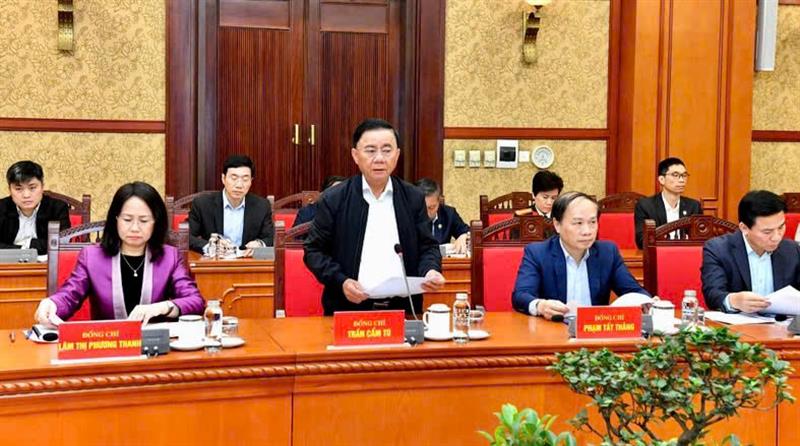


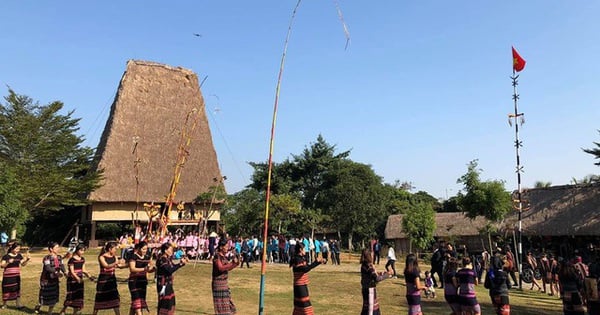
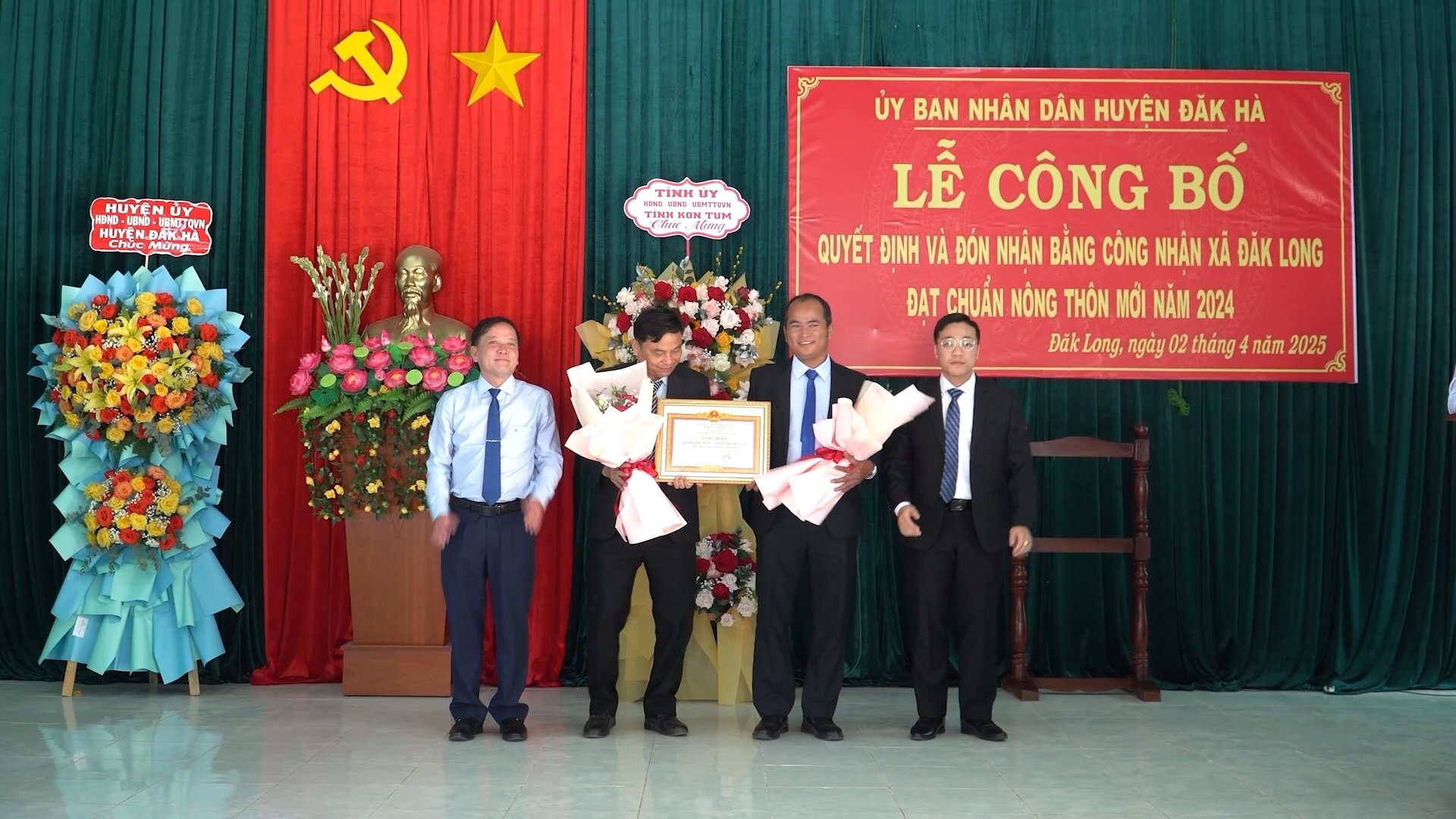
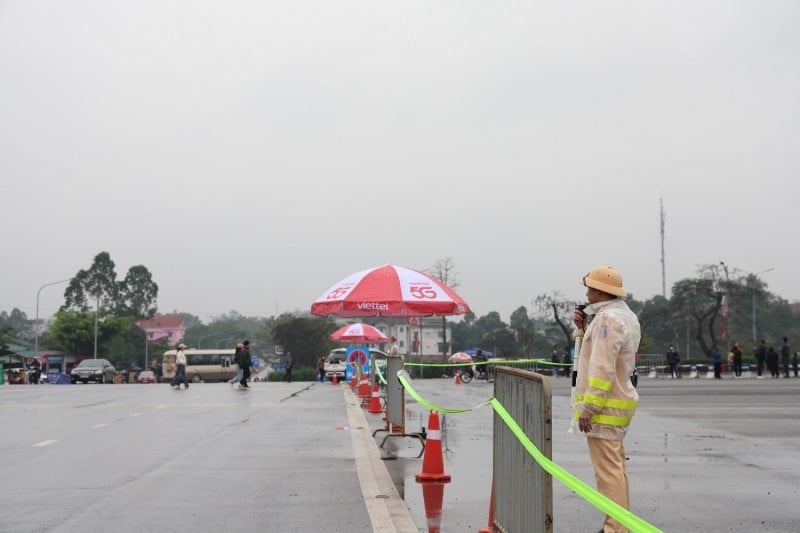

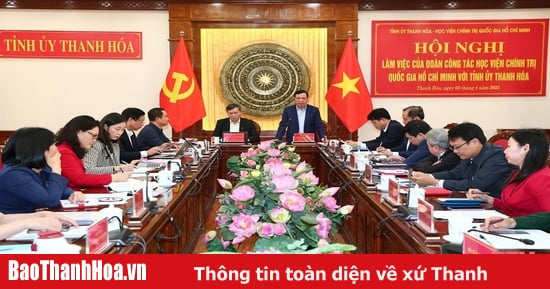
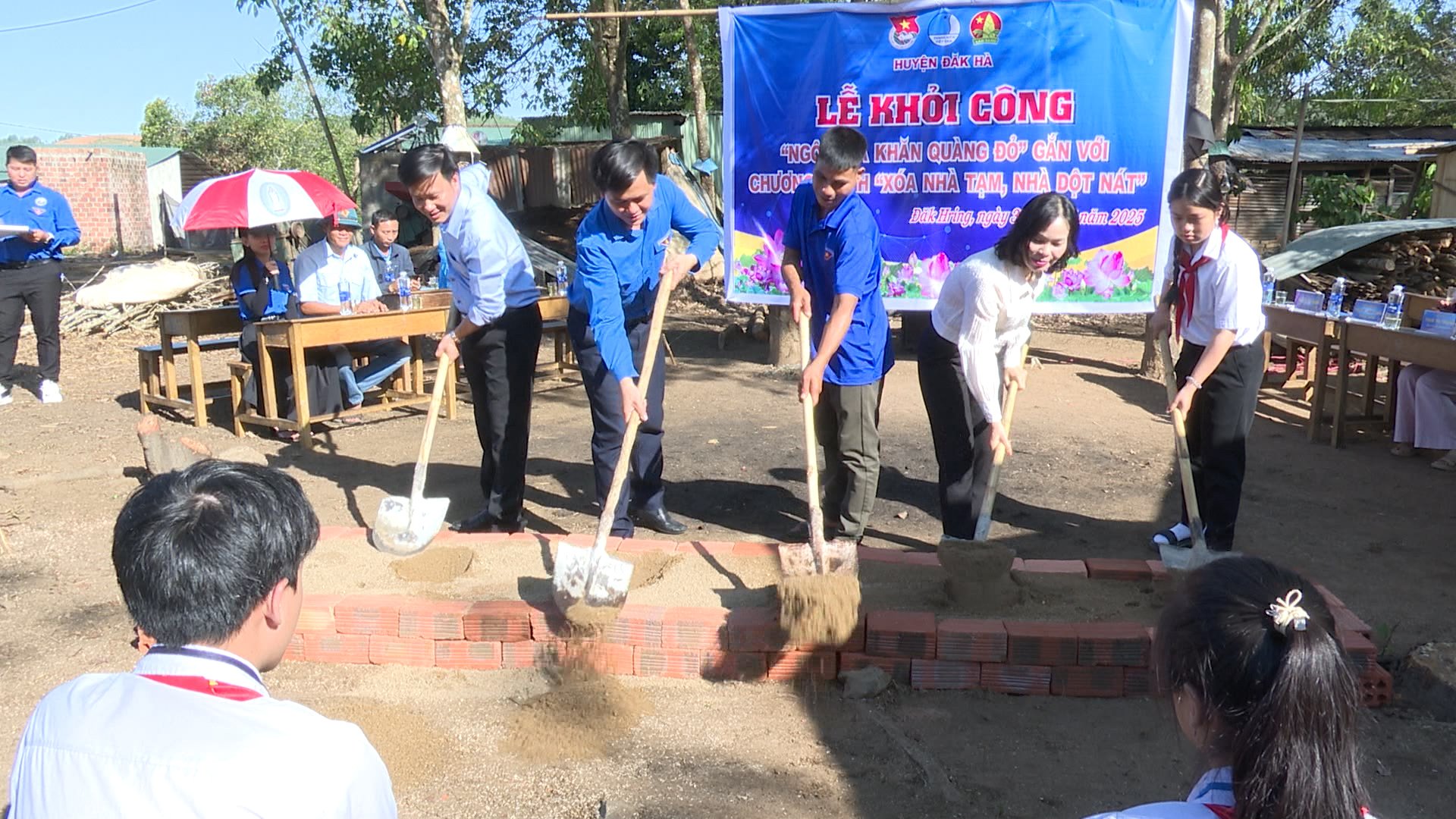
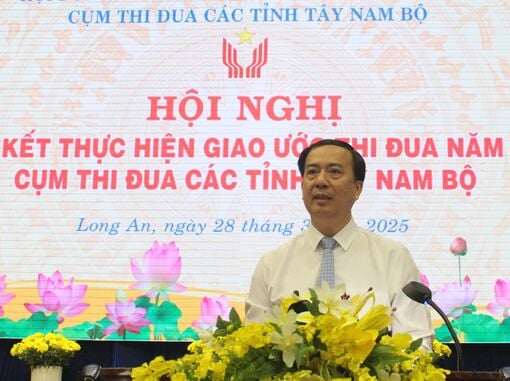












Comment (0)